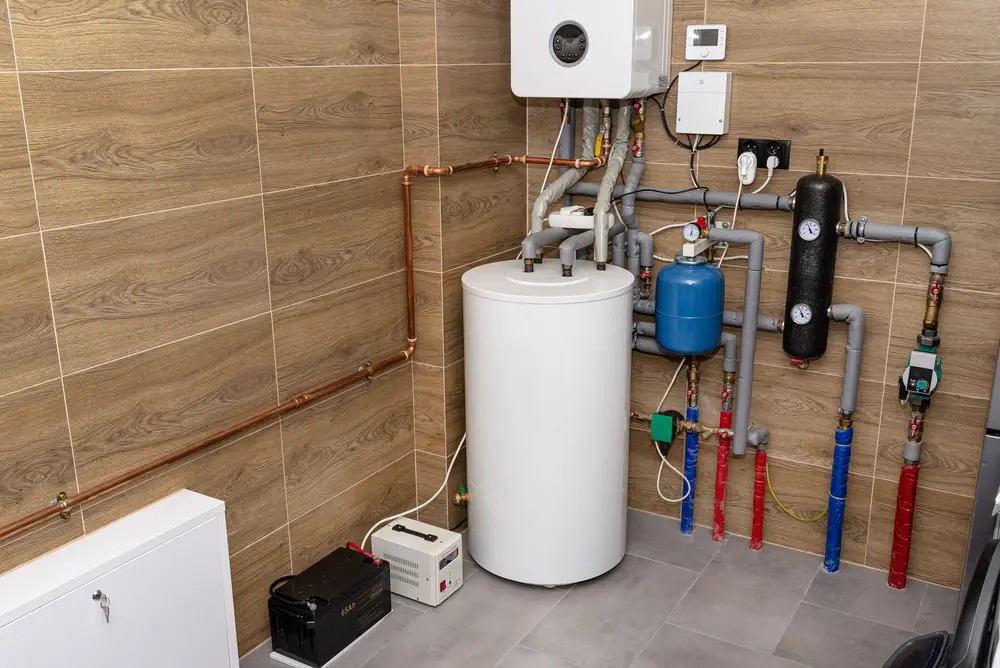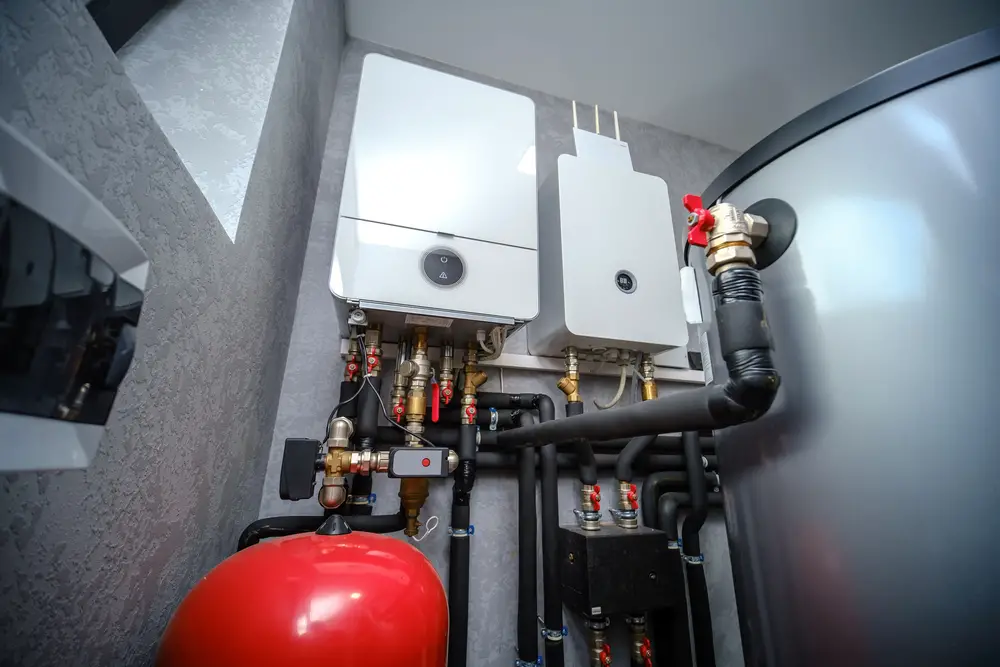
Tankless water heaters are becoming increasingly popular due to their energy efficiency and ability to provide hot water on demand. But as more and more people adopt this cutting-edge technology, concerns are raised over whether expansion tanks are required when using tankless water heaters. In this blog, we’ll go over the significance of tankless water heater expansion tanks and the situations in which they are necessary to guarantee durability and optimal performance.
Understanding Tankless Water Heaters
Let’s quickly go over the operation of tankless water heaters before getting into the function of expansion tanks. A tankless water heater provides hot water on demand by heating it as it passes through it, unlike a water heater with a storage tank. This effective technique saves energy and lowers utility costs by eliminating the need for continuously heated water reservoirs.
The Need for Expansion Tanks with Tankless Water Heaters
Understanding the function of an expansion tank for a tankless water heater is essential for guaranteeing these cutting-edge systems’ optimal performance and lifetime as more and more homes choose the on-demand and energy-efficient advantages of a tankless water heater expansion tank.
Thermal Expansion and Its Consequences
Thermal expansion is a significant factor when working with tankless water heaters. The volume of the cold water expands as it enters the device and heats up quickly. The reservoir in a conventional storage tank system allows for this growth. On the other hand, tankless water heaters work on a different premise, heating water just as needed instead of storing it. Consequently, the abrupt rise in volume brought on by thermal expansion may cause the plumbing system’s pressure to rise.
The Closed System Challenge
Often, tankless water heaters function as part of a closed-loop system. Without a water heater with a storage tank to hold the expanding water, water in a closed system flows through the unit and back into the piping. This closed-loop design may result in a situation where thermal expansion raises pressure, which might lead to several problems, including leaks, water heater damage, or even a water hammer.
How Expansion Tanks Address the Issue
In closed-loop systems, expansion tanks for tankless water heaters provide a tactical answer to the problems caused by thermal expansion. These tanks are built with one sealed chamber for water and another for air or gas. Warming causes the water to expand, compressing the gas or air inside the tank and creating a regulated area for the enlarged volume. This technique prevents the plumbing system from experiencing high-pressure buildup.
Pressure Regulation and System Stability
An expansion tank’s main job is to control pressure variations brought on by thermal expansion. The tank keeps the pressure inside the plumbing system within safe bounds by absorbing the expanding water.
Mitigating Water Hammer
In a closed system lacking an expansion tank, a water hammer—a condition marked by abrupt, noisy pressure increases in the plumbing—is a frequent problem. These pressure spikes can occur when a closed faucet or tap suddenly stops the expanding water. By acting as a cushion, expansion tanks reduce the chance of water hammering by absorbing excess pressure. This not only protects the plumbing system’s integrity but also reduces the possibility of noise and damage.
Factors Influencing the Need for Expansion Tanks

Although expansion tanks are highly recommended for tankless water heaters, some conditions may determine their requirement:
Closed-Loop Systems
An expansion tank is necessary to control thermal expansion whenever your tankless water heater runs in a closed-loop system, circulating water continually without storage.
Water Pressure
Thermal expansion can harm homes, especially those with high water pressure. Installing an expansion tank in these situations becomes more crucial to maintain a steady and secure working environment.
Municipal Water Supply
Suppose your house is linked to a communal water supply, which is subject to variations in water pressure. In that case, installing an expansion tank is a brilliant idea to avoid problems caused by thermal expansion.
Geographic Location
The location of your house may also impact the necessity of expansion tanks. Extreme temperature changes are typically associated with a higher risk of thermal expansion. Greater expansion may occur when cold water enters the tankless water heater and is heated quickly. Installing an expansion tank with a water heater is considerably more essential in these regions to reduce the possibility of plumbing system strains.
System Components and Design
The necessity of an expansion tank may depend on your tankless water heater system’s overall layout and individual components. Significant thermal expansion issues may arise in systems with extensive pipes or sophisticated plumbing designs. Homeowners can ascertain if installing a larger tank is required to ensure a balanced and efficient functioning by closely examining the system’s architecture and components.
Securing Efficiency: The Role of Expansion Tanks in Tankless Systems
An expansion tank is a sensible addition to guarantee trouble-free operation, even if tankless water heaters are praised for their efficiency and on-demand hot water delivery. These tanks enhance the durability and reliability of your tankless water heater by preventing problems caused by thermal expansion.
On Point, Plumbing DFW handles expansion tanks with expertise regarding tankless water heater systems. Our experts assess variables, including water pressure, regional considerations, and closed system functioning. On Point, Plumbing DFW provides homes in the Dallas-Fort Worth area with peace of mind by guaranteeing the long-term effectiveness and reliability of tankless water heater setups, abiding by local standards, and using premium components.
